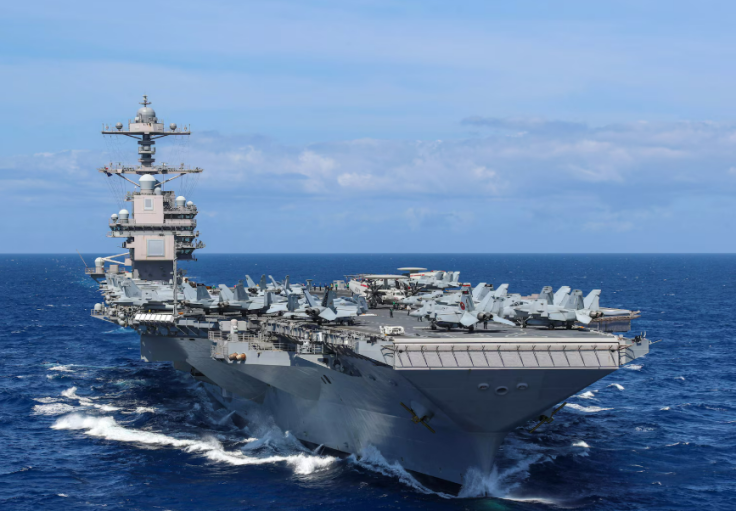
A military expert described how a direct U.S. attack against the Venezuelan could unfold, considering that there are now different factors that could trigger an escalation: projecting U.S. strength in the world, the departure of Hurricane Melissa and the arrival of additional military assets.
Evan Ellis, professor at the U.S. Army War College's Strategic Studies Institute, told the Miami Herald that the combination of factors would offer what he described as political cover, safer weather and increased military options.
He went on to say that the current strikes in the Caribbean and Eastern Pacific could devolve into limited land strikes against alleged drug labs or groups near the Colombian border if it is believed the development won't trigger an uncontrollable escalation.
The attack, Ellis said, would involve Tomahawk cruise missiles from surface ships, precision munitions delivered by MQ-9 drones, electronic warfare to blind Venezuelan sensors, as well as special operations teams on the ground. Many weapons the U.S. has in the region, he added, are chosen specifically to avoid and defeat Venezuela's air defenses.
Elsewhere in the report, the outlet quoted former Venezuelan officers who said an eventual armed conflict between the U.S. and Caracas would be over in a matter of hours with an overwhelming Washington victory.
Several officials who went into exile told the Herald that they are still in contact with colleagues still in the armed forces, and have described a widespread state of decay.
They shared figures showing that the operational capacity of the Venezuelan army stands between 33% and 35%. "Any attempt to resist an American attack would be suicide," a former high-ranking official told the outlet.
"They wouldn't even be able to get their planes off the ground, much less sustain a prolonged engagement," the officer added.
In another passage of the article, the outlet noted that operational readiness across the different branches of the armed forces are estimated between 25% and 40%. Concretely, several tanks and armored vehicles suffer electrical and mechanical failures, as well as shortages of spare parts and skilled technicians.
As for the Navy, only three ocean patrol vessels remain operational and are equipped with low-effectiveness Iranian missiles. Six missile frigates have been sold for scrap and the force has no submarines.
In the Air Force, only four Soviet-era Sukhoi Su-30 fighter jets are believed to be operational, while four U.S.-made F-16s can fly but don't have any missiles. Most helicopters and transport planes have expired inspections. As for air defenses, they stand at 20%.
Caracas claims to have some 5,000 portable surface-to-air missiles. But rather than work as a deterrent against jets, they would only work on helicopters. Training levels are estimated between 25% and 30% and the communication network has "practically collapsed."
© 2025 Latin Times. All rights reserved. Do not reproduce without permission.





